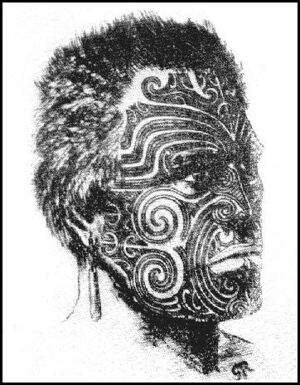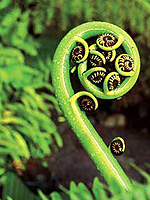New Zealand
Aotearoa, meaning "long white cloud", is the Maori name for New Zealand, a group of islands south east of Australia that were colonized by the British.
In Te Reo Maori (the Maori language), ao can mean cloud, tea can mean white, and roa can mean long.
The name itself originated from Hine, the wife of the legendary navigator Kupe. As they were approaching the land that their ancestor Maui had fished up, Kupe was dozing and it was Hine who first saw it, noticing the clouds stretched from end to end. She cried out, "He Ao! He Aotea! He Aotearoa!" (A cloud! A white cloud! A long white cloud!)[1]
From that moment, New Zealand came to be known as Aotearoa, the land of the long white cloud.
Contents
Maori
Maori are the Polynesian/Melanesian indigenous people of New Zealand. In their language (te reo Maori), maori literally means "normal", e.g. wai maori means "fresh water".
Maori should ideally be called the indigenous peoples of Aotearoa. Each iwi (tribe) is considered a separate nation/people. So if you were descended from the tribes of Ngati Porou or Ngapuhi, you were called a 'Ngati Porou' or 'Ngapuhi' respectively, and not a 'Maori'.
All Maori are related by whakapapa (genealogical lines of descent) from the primal parents, Ranginui (sky father) and Papatuanuku (earth mother).
It should be noted that the first use of the term "Maori" to collectively describe the tribes of Aotearoa was in the Treaty of Waitangi (Feb. 6th, 1840), a treaty between colonial administrators and Maori.
In modern times, most Maori are affiliated to numerous tribes. The term has been used to describe Maori as a homogenous group of people for so long that it is more common to call someone 'Maori' rather than by their iwi.
Ta-Moko
Ta Moko is the term used by Maori to describe their form of tattooing. The term is shortened to Moko when referring to facial tattooing only.
Ta moko is a taonga (treasure) which is intrinsic to Maori culture and is very tapu (sacred). Numerous rituals were traditionally observed in accordance with ta moko, and some are still practised (such as karakia, or long religious chants).
>The origins of ta moko lie in the ancient story of Niwareka and her husband Mataora. > >[..snip..] > >Ta moko uses various motifs, to represent different meanings which are not readily apparent from the designs and have to be explained by someone who knows. One such motif is the koru, or the unfurling fern frond of the native ferns of Aotearoa. > >Whakapapa, or lines of genealogy, are inherent within ta moko, and it is important to note that the term cannot be used in reference to a tattoo which uses Maori motifs but lacks cultural meaning. The term for such a tattoo is Kirituhi.
Tohunga-Ta-Moko
Tohunga-ta-moko is the traditional term used for a tattoo expert. > >[..snip..] >


